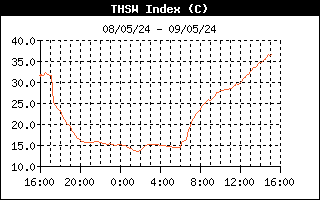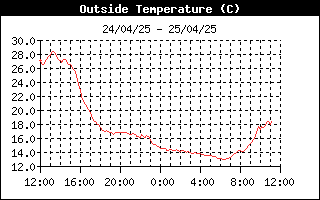23.3
°
C at road
42.2
13.1
At night it is like the temp in valleys
6.7 | 0.9 | 0.9 |
5.6
0.4
18 - sauna level 1, 20 - sauna level 2, 22 - sauna level 3
2.2 |
0.5 |
0.5 |
0.5 |
dust
- Not healthy
- Sport activity is not recommended
- large
- 85 µg/m3
- +130
- +300
- small
- 25 µg/m3
- +38
- +100
- small is more dangerous
36 |
0 |
0 |
You had better open the window
inside: 25.2
outside: 24.8
outside: 24.8
Assuming idealistic inside temperature of: 22C
Run and walk
- at hill:25.6°-24.8° at valley:23.3°
- Low humidity, Light wind
Low humidity, classic, drink more.
How do you feel now with the current temp in the shade?
what is your favorite season?
- good time for

